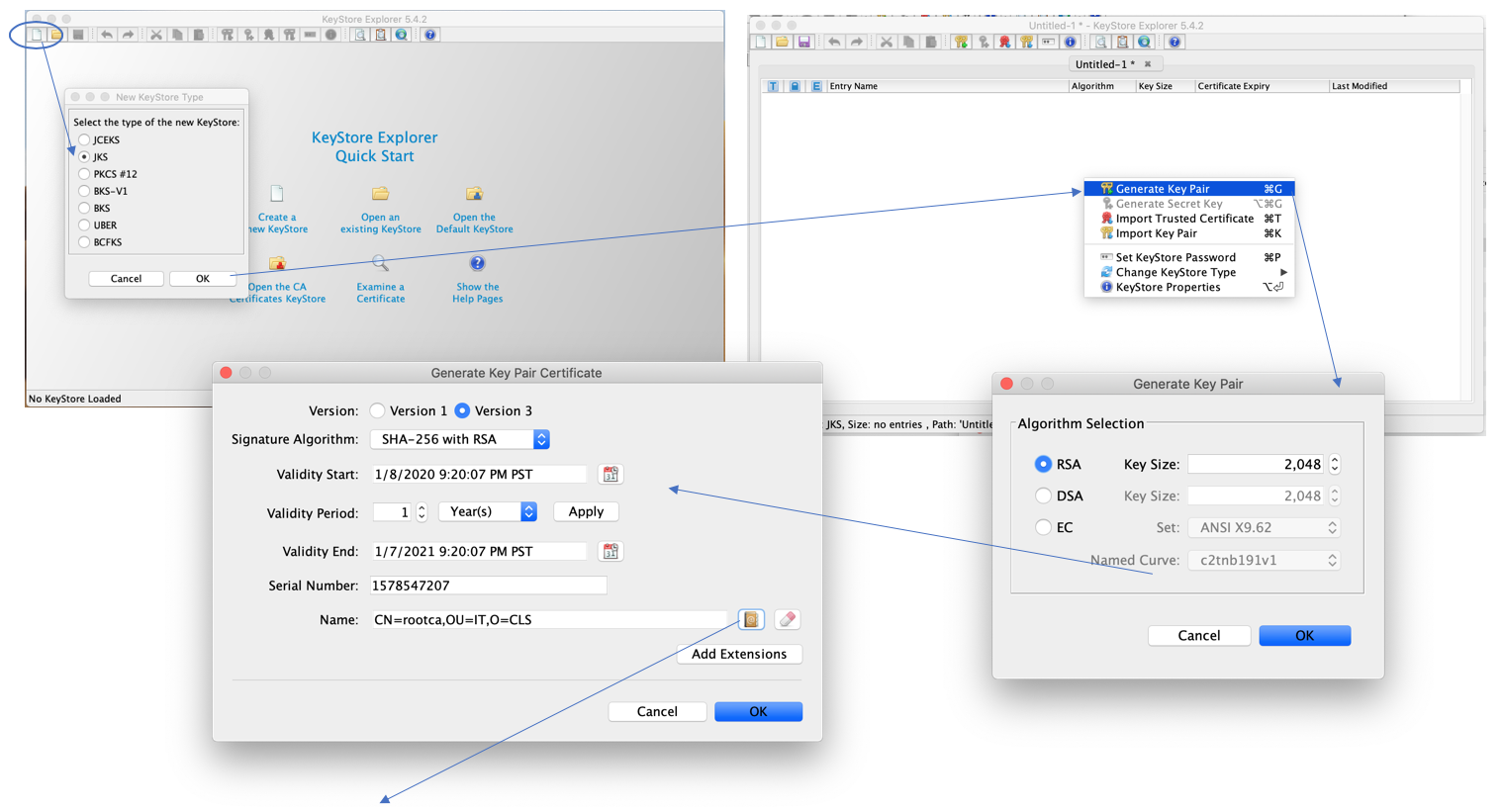


Configuring Code42 servers to use an HTTPS Strict Transport Security (HSTS) response header further prevents unencrypted browser access to Code42 consoles.Configuring Code42 servers and apps to use strict TLS validation further ensures the security of client-server connections.Never reconfigure a production server to use HTTP, rather than TLS and HTTPS.

It prevents attackers from acquiring client data through counterfeit servers and encryption keys.

Reliable security of any production web server requires an SSL certificate signed by a trusted certificate authority (CA) and enforced use of the TLS protocol (that is, HTTP S, not HTTP). In order to maintain keys and certificates in Keystore Monitor, your user needs the Group Role AuthGroup.Admin or Single Roles IntegrationOperationServer.read, NodeManager.read and security requires a CA-signed certificate and the TLS protocol The root certificates available in the keystore file will be added to the existing entries for owner Tenant Administrator with the aliases used in Keystore Explorer.
#Keystore explorer add private key password
Then browse the *.jks file and enter the password you gave in the previous step. Now upload the keystore with the help of Add button on the top of the monitor. All certificates and private key pairs contained in the tenant keystore are listed, the pre-delivered key pairs by SAP cannot be changed. In order to import the created keystore file please open the Keystore Monitor available in the Operations View in Web in section Manage Security. Note: The password as this will be needed during import in Keystore Monitor. You can add additional certificates if needed and ave the keystore with a password as. Then give it an alias in the customer namespace, please keep in mind that you are not allowed to use aliases with prefix sap_, hcicertificate and hcimsgcertificate. Now under tools select Import Trusted Certificate and then add the root certificate of the receiver backend. It will be easy for you to just create a new keystore please select JCEKS as a type for the new keystore. In order to add the root certificate of the receiver systems private key, please open any existing keystore in Keystore Explorer or to create a new keystore. But, if needed you can also create your own private key pairs for the cloud integration tenant. The first version of Keystore Monitor cannot import single certificates or keys, therefore, the root certificate of the backend and the signed private key including certificate chain need to be maintained in the external keystore maintenance tool such as the Keystore Explorer.Īll new provisioned cloud integration tenants have inbuild private key pair pre-delivered by SAP, which you can be used by you for your communications. Please follow the steps below in order to manage HCI Keystore: Moreover, in order to use client certificate authentication, a signed key pair including complete certificate chain is needed in the cloud integration tenant’s keystore. For HTTPS-based communication in the cloud integration tenant, the root certificate of the receiver system provided in the previous step is needed in the cloud integration tenant’s keystore.


 0 kommentar(er)
0 kommentar(er)
